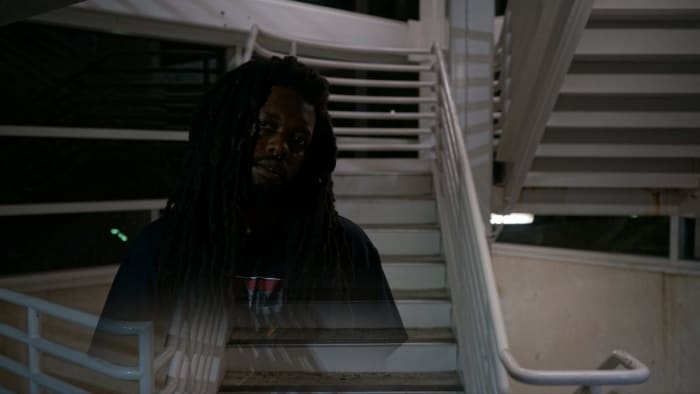A road map of how your NFTs will continue to be valuable to collectors ensures that the artist is not just looking for a quick cash. For example, you may want to let collectors know that you have future NFTs planned and that your collectors will have first dibs on the new ones.
It is also related to the utility – the value proposition of your NFTs. Some may say that the art is valuable, and others may add access to merchandise, shows, futures drops, etc. It is crucial to be very clear on these two aspects.
Once there, you might start a rift. Using NFTs to share revenue from sales is a use case that many fans and collectors have become interested in. Fans now have an opportunity to be rewarded for supporting their favorite artists early and often.
Why should fans on a budget invest in NFTs when the market is so volatile?
Adrien Stern: Like anything else, people shouldn’t buy things they can’t afford to lose. But buying a concert ticket as an NFT, a Song NFT (instead of a download), or access to an artist’s private chat (instead of Patreon) has many advantages.
You can prove that you’ve been a fan since that purchase – thanks to the origin features of the blockchain – and you can sell that NFT at a market price. If the artist has blown up, there is a chance that the NFT is worth more as well.
BlackDave: Collecting NFTs just to flip is risky, so collecting to support an artist you love is the game itself. NFTs won’t be for everyone, but it’s one of the most direct ways to help an artist. Often, artists offer utility (experiences based on NFT ownership), which makes them worthwhile.
Share some examples of NFTs that artists can offer their fan base who don’t care about conventional NFTs or crypto.
CREDIT: BLACK DAVE WEBSITE
Adrien Stern: I think special edition NFTs, like a special edition vinyl, is something many fans love. Imagine having 1 of only 50 versions of a unique mix of your favorite song!
Another compelling use for newcomers to NFTs is concert tickets. We are all used to buying digital tickets, and NFT tickets have many advantages.
BlackDave: NFTs that give fans access to the artist they love will be one of their primary uses. Allowing fans to receive unique benefits, such as merchandise, early access to purchase tickets and other offers, will also be something that brings fans.
What are some things most indie artists get completely wrong when using NFTs to interact with their fans?
Adrien Stern : Many artists still think that a Music NFT is just putting your song into an NFT, but it’s much more!
It’s a way to identify your most engaged fans, create different products, and experiment with monetizing your fan base. It can also be a way to raise money as an independent artist, and most importantly, it’s a way to build a creative business free of middlemen.
Artists finally own the relationship with the fans!
BlackDave: I think indie artists think that NFTs have to be expensive and can be whatever price you choose, even free.
Artists of all levels can start putting NFTs into play and see benefits if they work their way into the space and educate their fans on how to get them.
Who are some artists who are using NFTs in exciting ways to interact and grow their fan base?
Adrien Stern : BlackDave is the perfect example! He always experiments and surprises his collectors with new utility and value. He airdropped (sent directly on the blockchain) a free NFT to his first 130 collectors.
He has offered a free live performance to his NFT holders through wavWRLD, and he has even redistributed a portion of the royalties to his first 150+ collectors using Reveel’s revenue sharing protocol.
BlackDave: I’m a big fan of Verité, who use NFT drops as an opportunity to bring their traditional fans. I think Emily Lazar from the band September Mourning does the same.
They release NFTs at all price levels and educate their fans one by one to get them into it. Artists like Jamee Cornelia, who use NFTs to create ownership experiences, are a great plan to follow.
When in an artist’s career should they start leveraging NFTs to interact with fans?
Adrien Stern : From day 1.
It is undoubtedly one of the most powerful technologies to help artists make a living today. Selling 10 NFTs for 0.1Eth equals 400,000 streams.
Both technologies are complementary – one generates more artist revenue, while the other provides greater reach.
BlackDave: Anytime is a good time. I’m thinking of NFTs similar to twitch subscribers, which can also be started at any level.
Things are always slow at the beginning of an artist’s career, so patience with the tools you decide to use is more important than the tools you choose. If you’re investing in NFTs early in your career, it’s worth joining conversations within the NFT space rather than trying to sell your small fan base outside of it.



